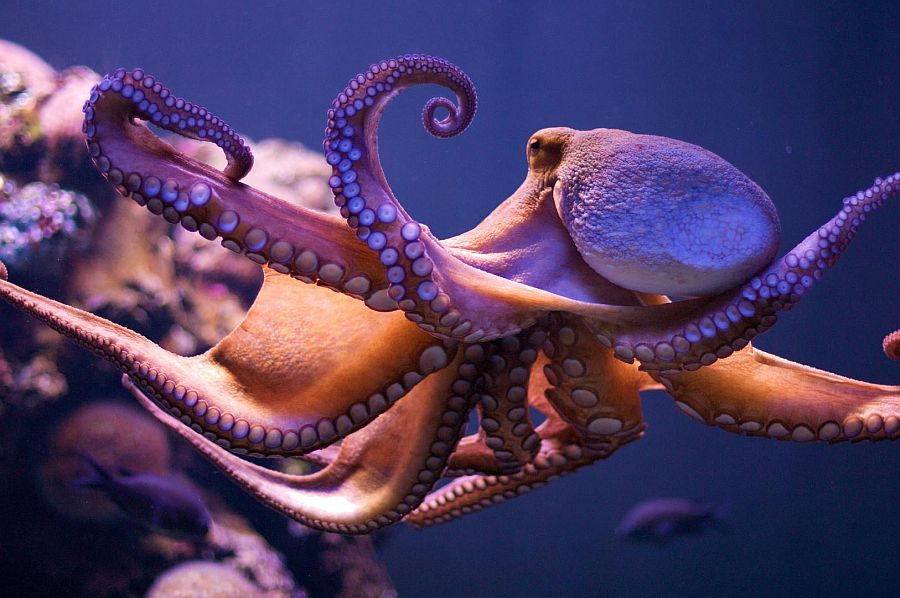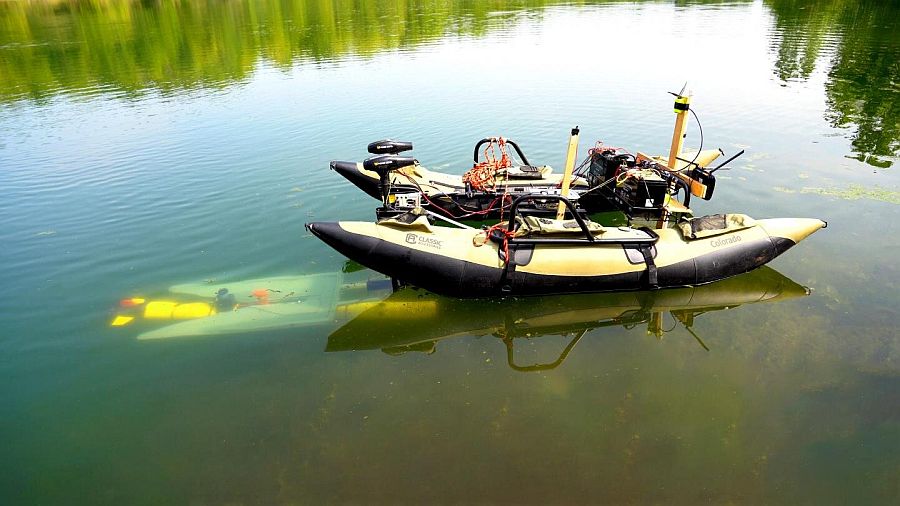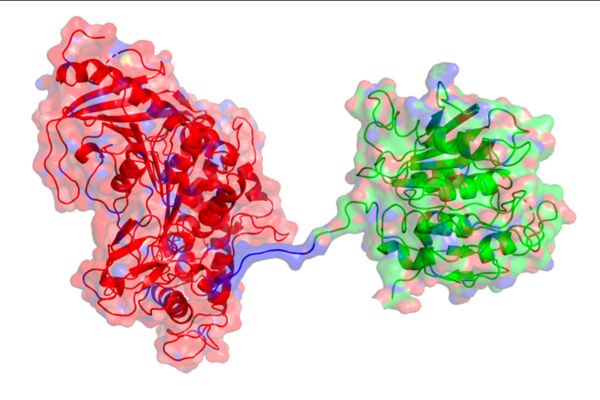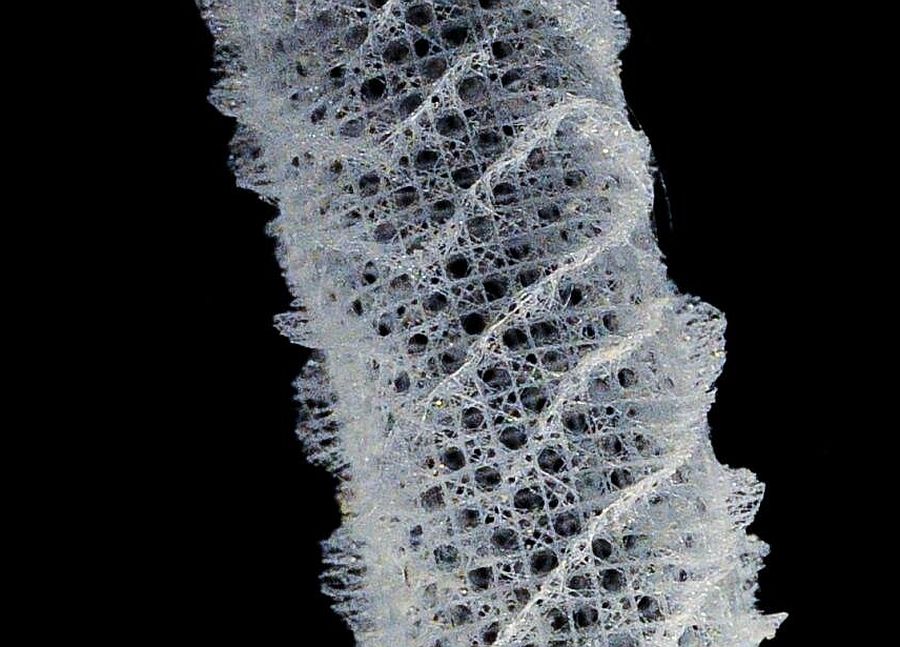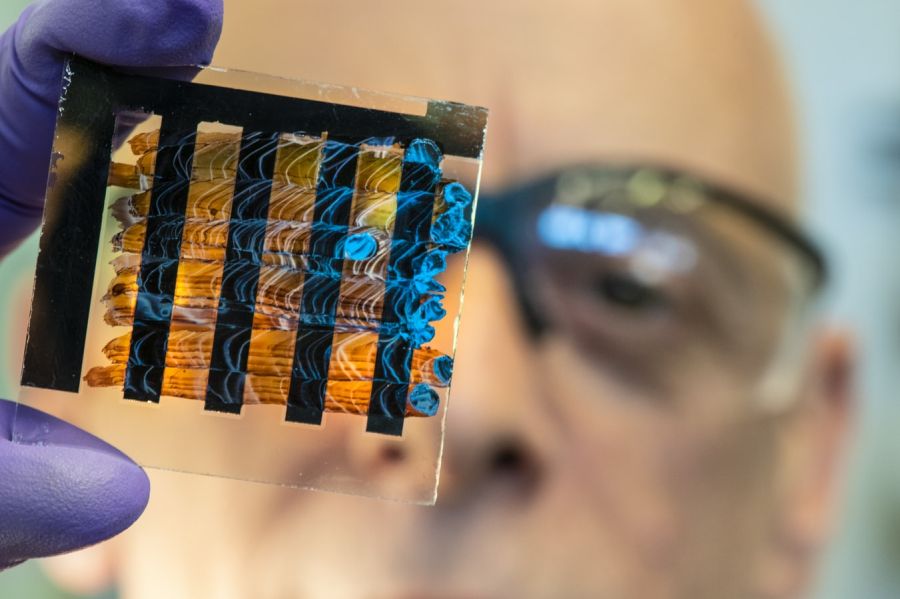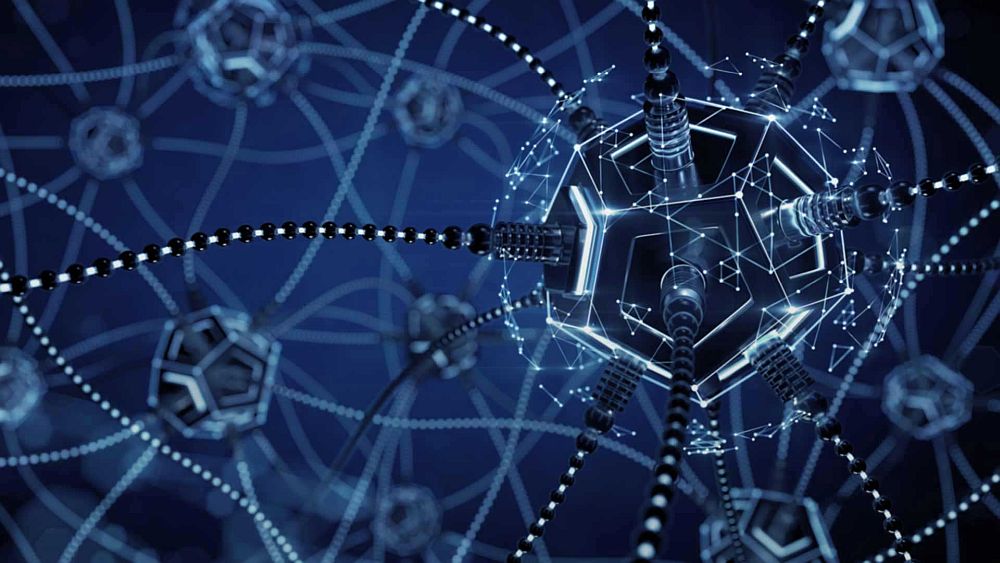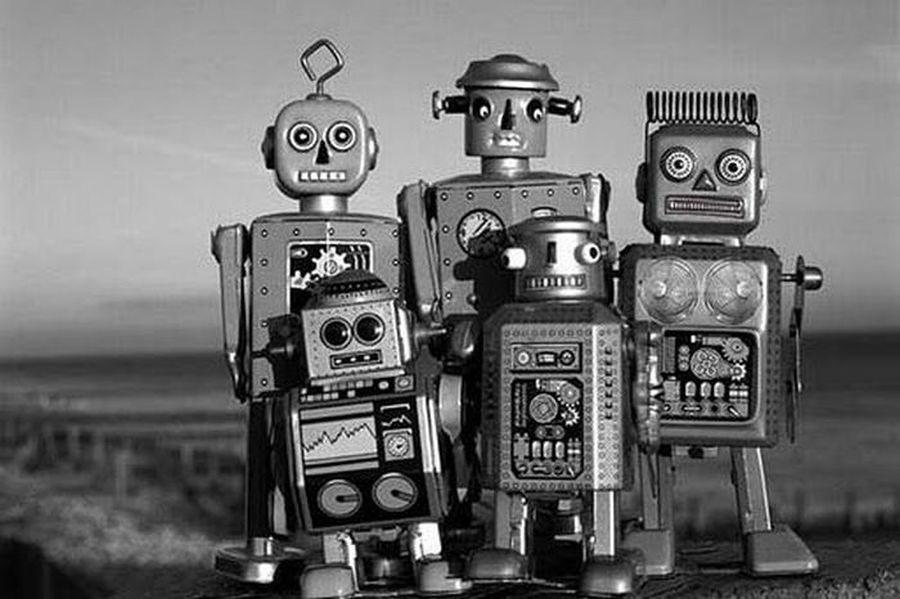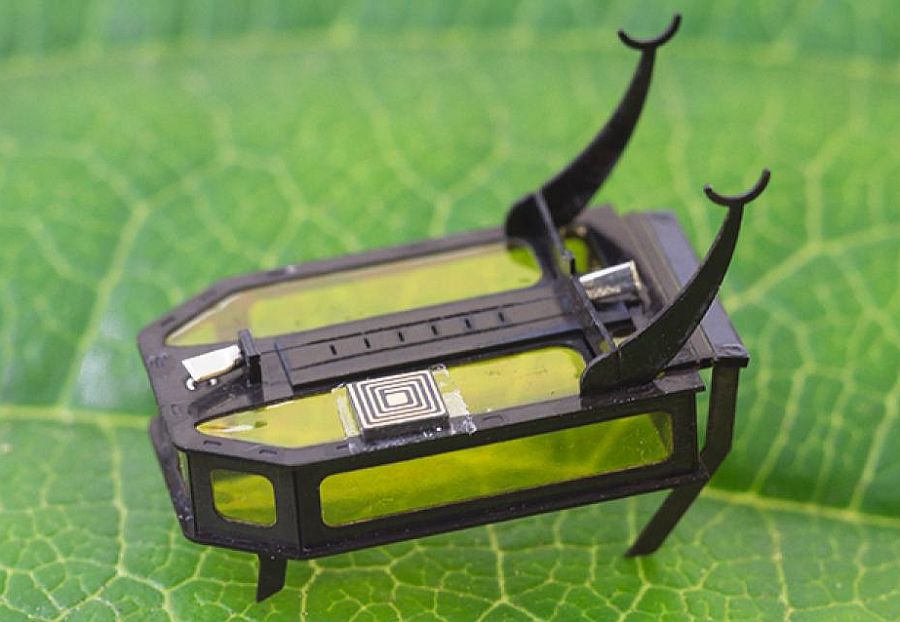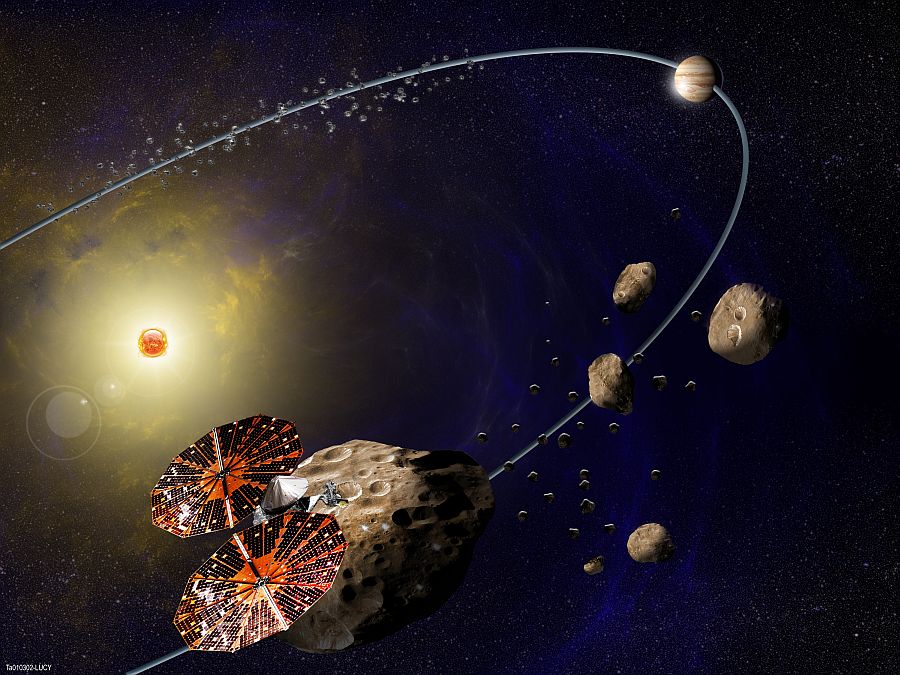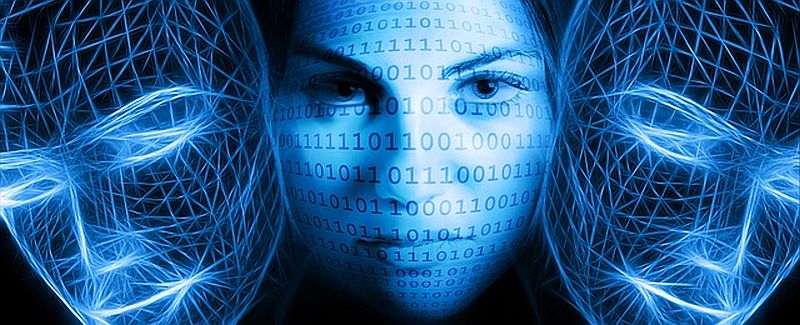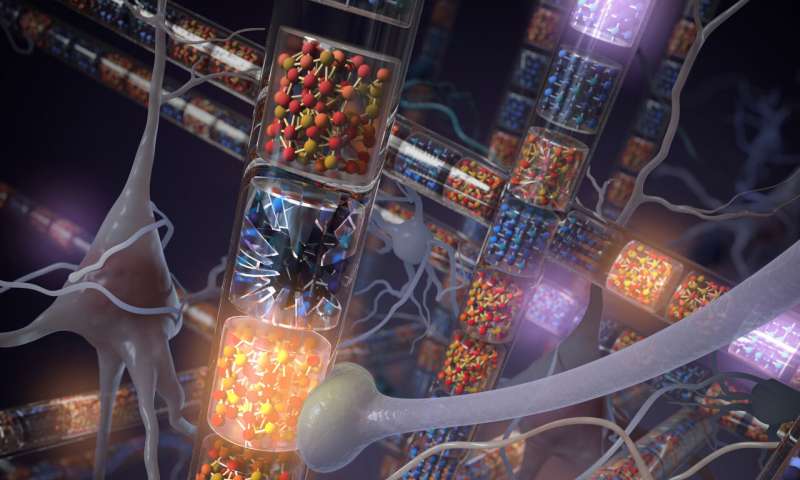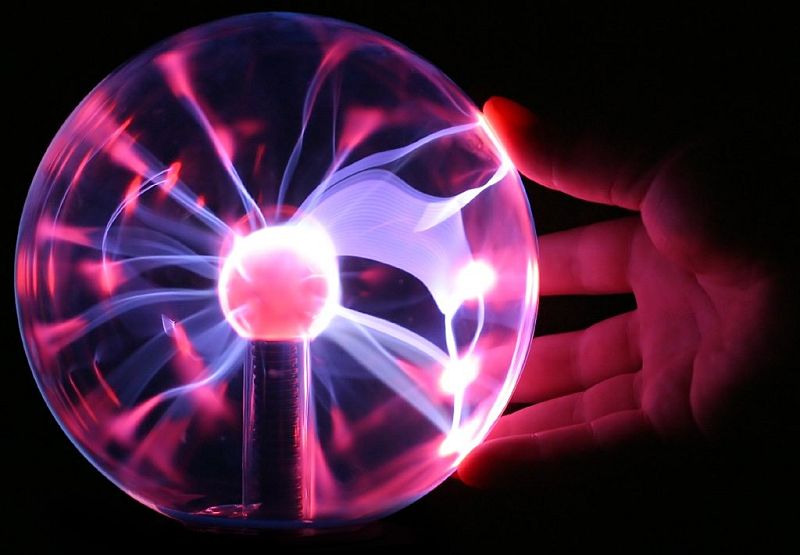Researchers at University of Illinois at Urbana-Champaign and collaborators have come with up an innovative way to surgical grip the fragile tissue grafts. Generally, during the ultra-thin tissue grafts, the grip leads to the collapse of structural integrity and functionality of soft tissues transplants. It has always been a challenge to preserve them during grafting and transferring process.
Read MoreTag: futuretech
Microfluidic Squeezing Leads To Stemness: Cell Engineering
In an interesting finding, scientists at Massachusetts Institute of Technology and Boston Children’s Hospital have discovered that physically pressing microscopic intra-cellular structures together can trigger cells to grow faster. This phenomenon at microscopic level resembles the spread of things like ideas, interests and even infections within a close proximity of people.
Read MoreBiodegradable Electronic Blood Vessels: Tissue Interactions
In a joint effort, researchers at China and Switzerland have developed electronic blood vessels that mimics their natural counterparts. Most of the times, some foreign agent when implanted within the human body display uncertain behaviour. Incompatibility is a critical issue and at times, it often leads to tissue trauma.
Read MorePortable Docking Station For Autonomous Charging: Marine Robotics
Rescue missions under natural disasters or man-made catastrophes are not only threatening for the safety of people but also quiet complex and dangerous for a rescue team. In order to increase the efficiency, robots are used in search and rescue (SAR) missions.
Read MorePETase with MHETase Speed Up The Breakdown Of Plastic: Enzyme Innovation
We live in a plastic era. Ubiquitously, the substance is found in our household and communities across the globe. Not only we have filled up our land but also oceans with plastic. Worldwide waste management market size is expected to reach $484.9 billion by 2025 from $303.6 billion in 2017.
Read MoreSponge Inspired Lattice Geometry: Biomimicry
Evolutionary process creates the most efficient mechanical as well as architectural designs. Most of the times, engineers take inspiration and try to replicate such resourcefulness in their designs. Of course, with the help of equations and computer algorithms, engineers try to fabricate bio inspired designs as bio-inspired engineering is a multi-step process.
Read MoreElectronics Out Of Bacteria: Microbial Physiology
Bacteria – Geobacter, to be more specific – discovered electricity much before than we did. And the interesting part is – ubiquitous, groundwater and also the under the ocean dwelling bacteria takes-in the organic waste and give-out “electrons”. Yes, a tiny electric current is an end product of their exhaling process.
Read MoreInternet of Things Will Morph To Internet of Humans: Neuralink
In The Age of Intelligent Machines (1990), inventor and visionary computer scientist, Raymond Kurzweil predicted that there will be a huge increase in the use of technology and an exponential growth in the internet. And by mid-21st century, AI would overtake human brain in computational capabilities. Eventually it would lead to intelligence explosion resulting in a powerful super intelligence that qualitatively surpass all human intelligence.
Read MoreRobot Fiction Defines Robotics: Japan vs The West
Skynet, Terminator or maybe Matrix these are the names that might come to our minds when we think of robots combined with artificial intelligence (AI). And what does these cults represent, fear!
Read MoreRoBeetle: Autonomous Crawling Bot Driven By Methanol Combustion
Researchers have long envisioned designing tiny intelligent autonomous machines that are capable of exploring dangerous environments or the areas where tiny bots can work with full efficiency.
Read MoreMission Lucy: First To Explore Jupiter’s Trojan Asteroids
COVID-19 coronavirus pandemic has forced the world to halt all its processes. Be it huge corporations or small budget enterprises, everything has come to a standstill.
Read MoreNo One Wants To Be A Part Of The Truman Show: Facial Recognition Technology
Internet based technologies are moving at a fast pace. At least within a decade we have witnessed an unprecedented enhancement when it comes to technologies behind remote working, digital education, IoT and biometric surveillance technology.
Read MoreSpecialized Grafts Behaved Like Neurons: Spinal Cord Injury
A spinal cord injury (SCI) usually causes perpetual damage within our body. This can result in long-term disability. And in most of the cases, spinal cord compression can lead to paralysis.
Read MoreHyperdimensional Computing System: Inspired from Cerebral Attributes of Neuronal Circuits
Hyperdimensional computing (HDC) is the budding computational paradigm based on cognitive model which distillates to higher dimensionality and randomness.
Read MoreAstronauts create Fifth State of Matter on ISS: Bose-Einstein Condensates in Space
Astronauts harnessed the microgravity environment at the International Space Station by developing an ‘exotic’ form of matter. We call it exotic because this form of matter has not been easily observed on earth – maybe due to gravity.
Read More
